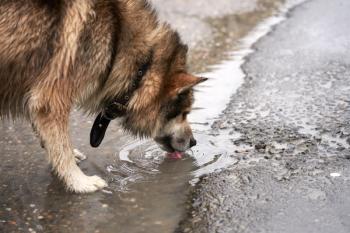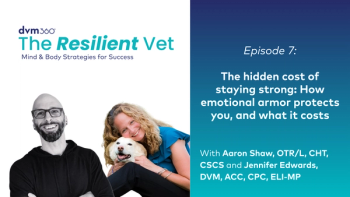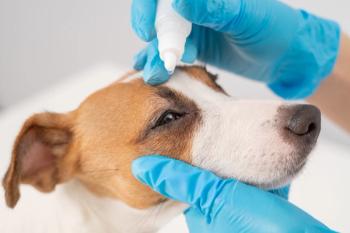
Exploring the Benefits of the Human-Animal Bond in Veterinary Practice
The bond between humans and their companion animals has been shown to influence the care pets receive. Cultivating the human-animal bond can benefit veterinary practice.
The American Veterinarian Medical Association (AVMA) recognizes the human-animal bond (HAB) as a dynamic and mutually beneficial relationship, “essential to the health and well-being of both.”
Officially, AVMA believes, “that the human-animal bond has major significance for veterinary medicine, because, as veterinary medicine serves society, it fulfills both human and animal needs.”
The bond between humans and their companion animals has been shown to influence the care pets receive. In a
To determine the perceptions of HAB among veterinarians, Dr. Francois Martin, PhD, and Anne Taunton, MS, as part of the People-Pet Partnership Program,
However, approximately 50% of the veterinarians surveyed admitted that they did not train their technicians or front office employees to learn about HAB. Researchers concluded that there is a contrast between how important veterinarians consider HAB to be to their practice and how much communication and training they dedicate to HAB.
There is evidence that supports the benefits of training veterinary students to facilitate HAB. In a
HAB can be especially beneficial for animals with behavioral problems. Most pet owners have a fulfilling relationship with their pets. However, that’s not always the case; for other pets and their owners, complications can put immense strain on the HAB. This breakdown puts both human and animal in danger of negatively impacting the HAB, which can potentially
In a conversation with American Veterinarian, Emily Yunker, associate veterinarian at Branchville Animal Hospital in Alabama, explained the role HAB plays in her practice. She said, “Clients want what is best for their pets, they are willing to do research, and spend time and money to achieve that. They want a partner, someone on their side.”
Cultivating the bond clients share with their companion animals could be a way to get on the same side. Yunker concluded, “In short, you need to figure out what they think is wrong and what their goals are and then you try to meet this goal in a way that is best for the pet. I don’t always agree with the client’s goals or even with their definition of the problem but it’s not my job to change their mind. Usually.”
A veterinarian may have different goals for the animal, but exploring ways in which to leverage HAB can help keep pet owners happy and their pets healthy.
Newsletter
From exam room tips to practice management insights, get trusted veterinary news delivered straight to your inbox—subscribe to dvm360.




